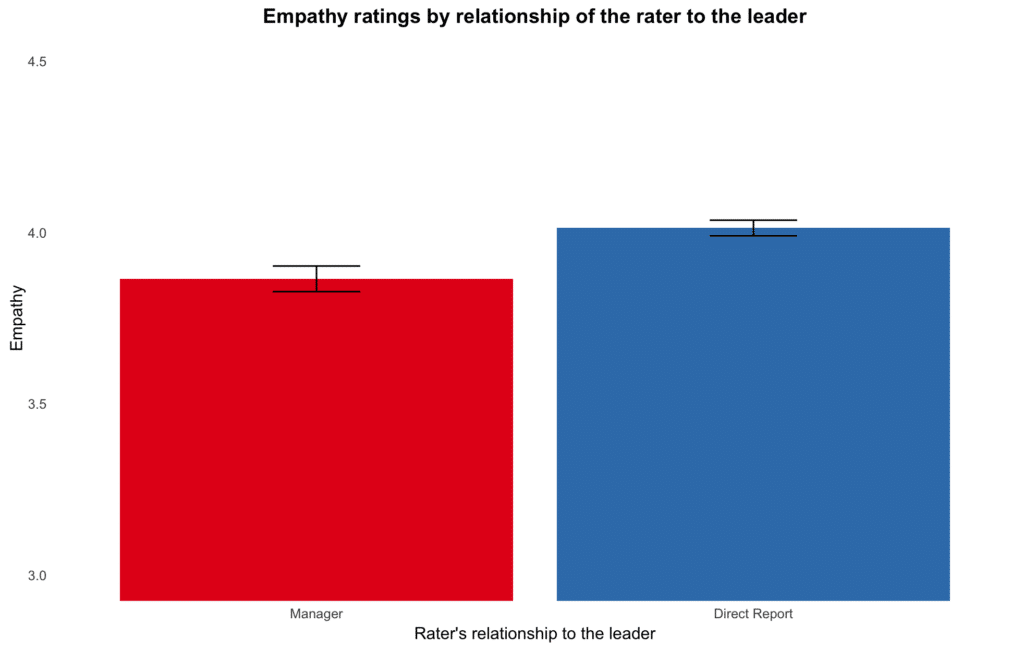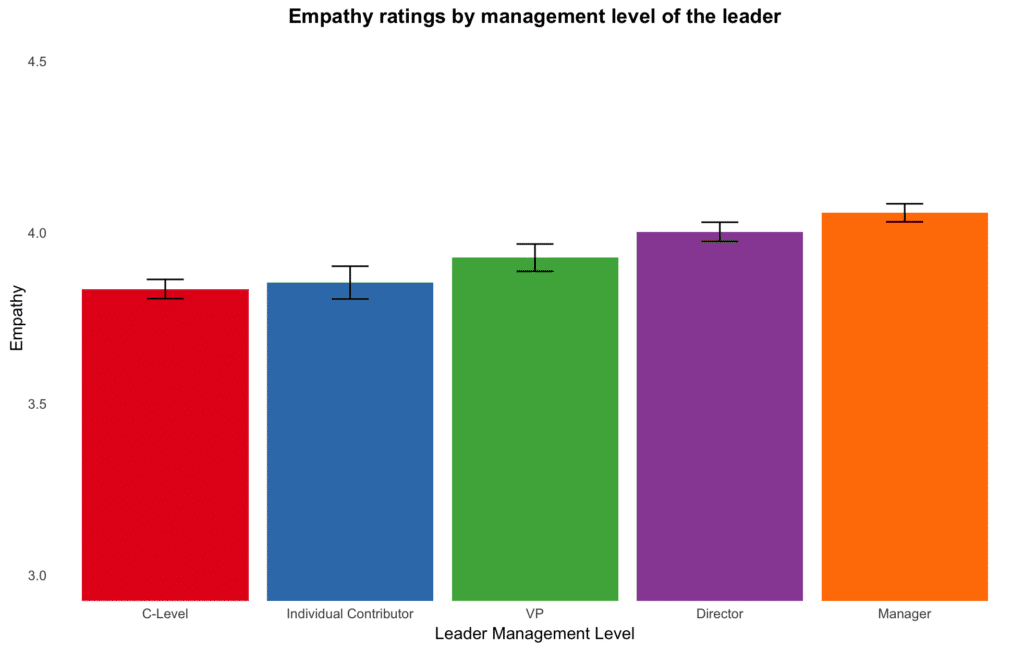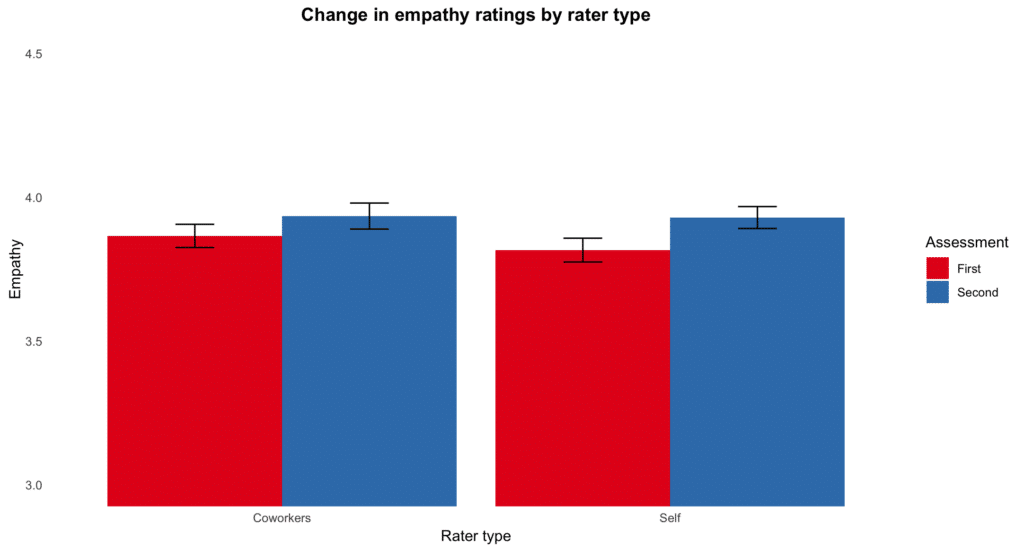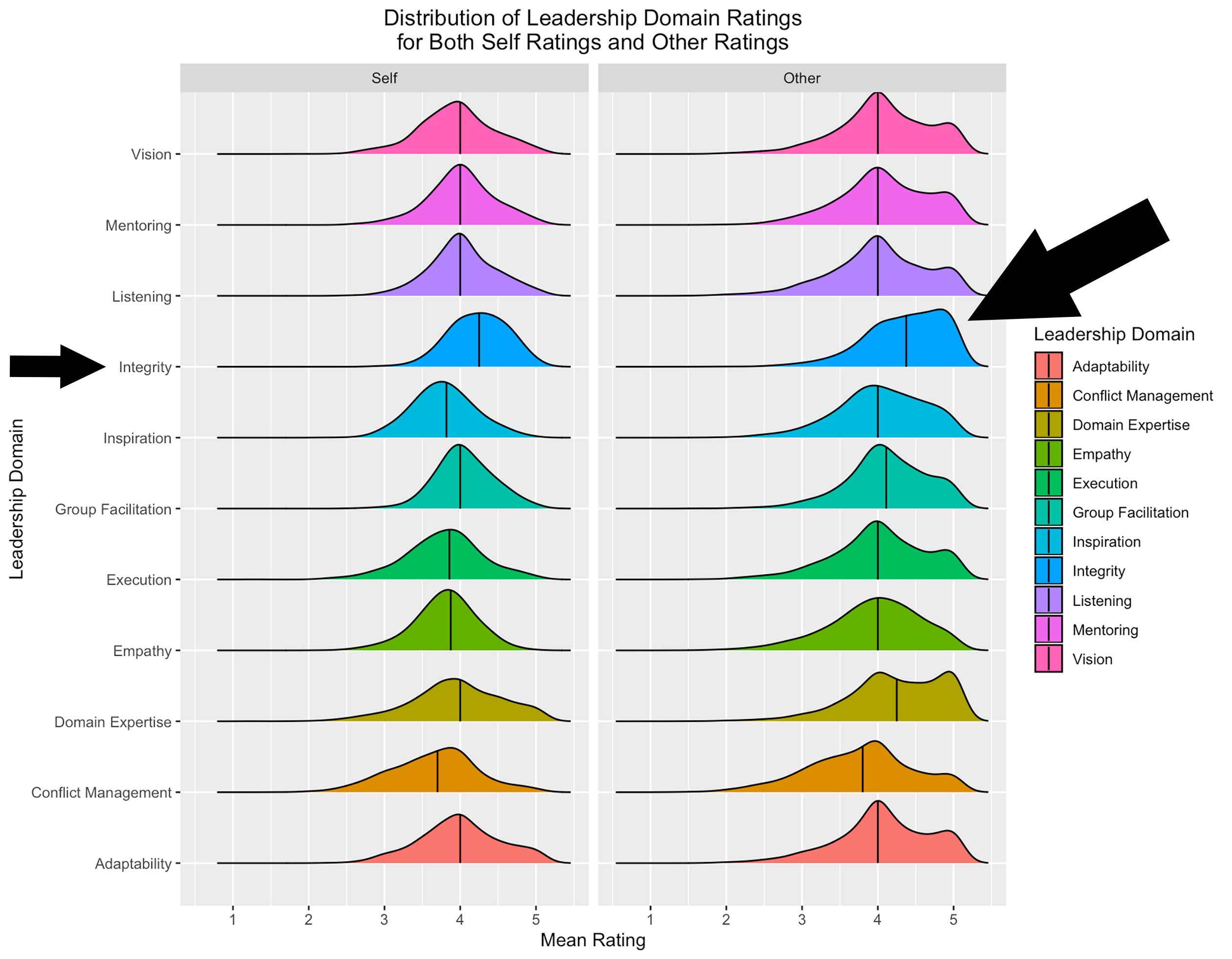Leadership: The power of asking for help
Asking for help as a leader can be daunting. It’s an act of vulnerability. In workplace cultures where individual productivity and reciprocity are valued, asking for help as a leader comes with baggage. It might feel like you’re not good enough to do your job, or if you ask for help and receive it, you’re then in someone’s debt.
However, admitting you need help doesn’t make you a bad leader. There is strength in being vulnerable and using all of the resources at your disposal in order to make the right decisions.
For example, say you are having a hard time getting an employee to focus on their time management. They’re new to your team, but their previous manager is still at your company. Asking that previous manager how they best communicated with their direct report can give you valuable context in forging the right connection and getting your employee on track.
No matter the size of your company or your tenure as a leader, you have many options on who to ask for help. Let’s explore this support network and the best way to ask for help when you need it.
Who to Ask
Your Colleagues and Peers
First, your colleagues. Is there someone with your organization who has been through what you’re going through? What can you learn from their experience? Asking colleagues for help is a great way to strengthen and expand your internal network. Second, your peers. Seeking help from peers can be the right first step if you’re unsure of the response to seeking help internally. Since they’re familiar with your work but don’t work with you directly, they can be a more neutral party, which can be useful depending on the content of your ask.
Need another reason to ask colleagues and peers for help? Research has shown that asking colleagues and peers for advice can help you earn respect. “We find that people are reticent to seek advice for fear of appearing incompetent. This fear, however, is misplaced. We demonstrate that individuals perceive those who seek advice as more competent than those who do not,” say researchers Brooks, Gino, and Schweitzer in a 2015 Harvard Business School study. This does, however, depend upon the difficulty of the task, who you ask, and how the ask is made.
Your Employees
Asking your team members for help shows that trust them and they provide value to you. In addition, it promotes a culture of “collaborative help” throughout the company – encouraging the sharing of perspectives and expertise. Studies have found that companies which have fostered a “culture of helping” – such as successful design firm, Ideo – show increased employee retention and customer satisfaction, and greater profits.
According to Ideo CEO, Tim Brown, “In the creative process, help is something you often don’t know you need until it’s there in front of you. I do think that’s something that organizations can do something about: They can set up their culture such that serendipitous help is more likely to be available.”
A Trusted Mentor
The act of asking someone you respect for advice is a clear statement that you value their wisdom and expertise. And most people are happy to offer you their guidance. As an added bonus, research has shown that mentors become more invested in your success by providing their advice. Seek out and create a team of trusted mentors whom you feel comfortable approaching for feedback and perspective.
As Steve Jobs asserted in his now famous 1994 interview, “I’ve never found anyone who’s said no or hung up the phone when I called – I just asked. And when people ask me, I try to be as responsive, to pay that debt of gratitude back.”
Again, choose your mentors wisely, and seek their help sparingly. Tell them why you’ve chosen them (i.e, what you admire about them), and be clear about your ask.
A Leadership or Executive Coach
Even the most tenured leaders might find that the strengths that allowed them to achieve their current success aren’t exactly what they need to reach the next level. If you feel stuck or unsure how to motivate and align a team around a vision, tapping into a leadership or executive coach is a great way to get help.
Executives are increasingly turning to coaches to help them grow and succeed. A good executive coach will help you think more strategically, better leverage your strengths and those of your employees, and be more effective with your time. Most importantly, an executive coach is an objective thought partner with no agenda other than supporting you to evolve your leadership skills, and your organization.
Tips for Making the Ask
Even when you understand the benefits of asking for help, it can still feel uncomfortable to do so. Here are some tips for making the ask:
1. Reframe it as a positive
Rather than being embarrassed about seeking help, think of it as asking for input and leveraging the resources around you. Your “ask” provides a mutual benefit – it gives others the opportunity to offer their expertise and showcase their skills.
2. Be Specific
Define the question and the specific feedback or guidance you are seeking.
3. Make it clear why you are asking that person
What strengths or skills do you see in them? For example, rather than: “I’m totally out of my depth and don’t know how to solve this problem.” Try instead: “I know you have extensive experience with mergers and acquisitions and I would appreciate your input on this situation.”
Everyone needs help at some point or another. Whether it’s a project-based conundrum or a career-changing decision, asking for help is the right thing to do. Whether that ask is seeking feedback from your direct reports, or hiring an executive coach, it takes wisdom, self awareness, and some vulnerability, to take that step.
Download our Leadership Development Plan Template to further your goals as a leader.















